A Complete Guide for API Development
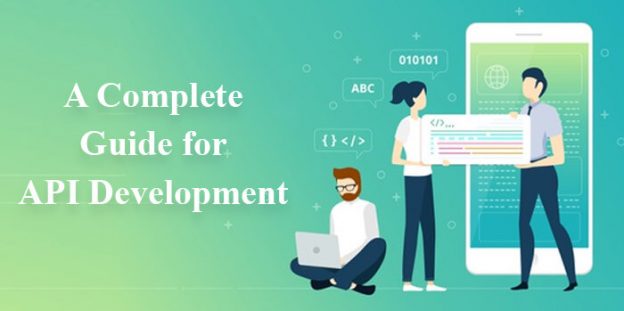
An API stands for Application Programming Interface and is a set of definitions and protocols for building and integrating application software. It’s a set of instructions that enables a software or an app. It helps the apps communicate with each other for better results. For instance, when we hit the connect Facebook button any gaming app, then it does not ask us to enter our Facebook account details. Rather, it accesses the data from the Facebook server and let us enjoy playing.
An API development enables the communication between two products or services. It helps one application to share its data with the other apps/platforms and ease the user experience without involving and disturbing both apps/platforms. And it also eliminates the need to build a similar program or platform from scratch. Let us dig deeper to understand everything about Application Programming Interface.
Working of API
Let us understand with an example – suppose you opened some app/website to book a bus. You filled the information like departure and return date, city, timings and other relevant details and submitted. Within a fraction of seconds, you get all the information like price, timings, seat availability and other details. To provide such stringent data, the platform sent a request to the bus’s website to access all the database and get relevant data via API. The website responded with the data which API development delivered to the platform and the platform displayed it on the screen.
API as the intermediate streamlining the data sharing process with eliminating the requirement of any third app. And when talk about communicating the endpoints, the API works in two ways, namely: REST and SOAP.
Terminologies of API
1. API Key – When an API check request through a parameter and understand the requester. And the authorized code passed into the request key and is said to be an API KEY.
2. Endpoint – When API from one system interacts with another system, the one end of the communication channel is known as an endpoint.
3. JSON – JSON or Javascript objects are used to be a data format used for APIs request parameters and response body.
4. GET – Using API’s HTTP method for getting resources
5. POST – It is the RESTful API’s HTTP method for building resources.
6. OAuth – It is a standard authorization framework that renders access from the user’s side without sharing any credentials.
7. REST – The programming which enhances the efficiency of communication between the two devices/systems. REST shares the only data which is required not the complete data. The systems enforced on this architecture are said to be ‘RESTful’ systems, and the most overwhelming example of RESTful systems is the World Wide Web.
8. SOAP – SOAP or Simple Object Access Protocol is a messaging protocol for sharing structured information in the execution of web services in computer networks.
9. Latency – It is defined as the total time taken by an API development process from the request to the response.
10. Rate Limiting – it means restricting the number of requests a user can hit to an API per time
Tools For Developing an API
There is a number of tools and technologies that can be used to develop or create an API. Here we have a few popular tools and products for developing APIs for the developer.
1. Apigee – Apigeee is Google’s API development management provider that assists the developers and entrepreneurs to triumph at digital transformation.
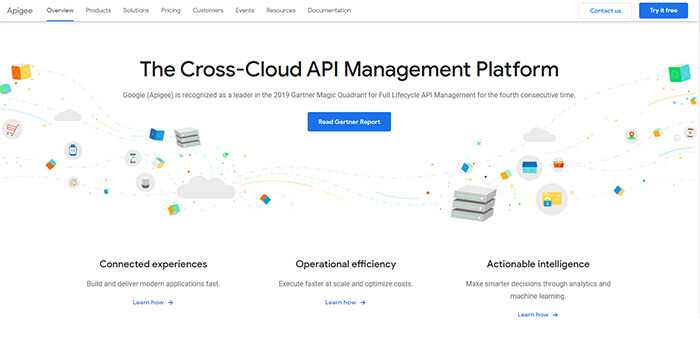
2. APIMactic & API Transformer – They offer sophisticated, simple automatic generation tools so that developers will have easy to build top-quality SDKs so that certain specifications formations can be formed.
3. API science – This tool is used to evaluate the performance of both internal and external APIs.
4. API Serverless Architecture – This tool helps the mobile app developers in designing, building, publishing & hosting APIs with cloud-based servers.
5. Auth0 – This is an open-source PHP framework for web API development.
6. ClearBlade – It is an API development management provider for embracing IoT technology in the process.
7. Postman – It’s an API touch chain that allows developers to run, test, document, and evaluate the performance of their API.
Top Features to Have an Efficient API
1. Modification – An API should let the users search data based on the criteria, like date, place, and time for better user interface and user engagement.
2. OAuth – It’s necessary that the developed API must be authorized via OAuth since it is faster than other methods.
3. Sorting – To ensure that the user receives the data one by one or we can say sorting of data as per the user requirement, modification, and the condition.
4. Paging – API must be capable of determining how much data must be displayed and at what frequency. So, the user can decide what and how much data the user wants to see.
So, for the best API, the response time must be good, processing time must be minimum, and security level high. Use the above practices for the best API application for the betterment of the business.
Practices to Build Best & Right APIs
Use Throttling – App Throttling is a great practice to consider for redirecting overflow of traffic, backup APIs, and safeguarding it from DoS attacks.
API gateway as Enforcer – It is taken as a cop that lets only the right users get access to the data. It checks how your API is being used for security.
Allow overriding HTTP method: Since some proxies only support GET and POST methods, you need to let your RESTful API override the HTTP method. For doing so, employ the custom HTTP Header X-HTTP-Method-Override.
Evaluating the APIs and Infrastructure – In the current time, real-time analysis is possible to get and you can use numerous tools available in the market, like AWS cloud watch.
Here are the in-depth information and knowledge about the APIs. Now you an idea what factors to consider while developing an amazing API. Get the best API developers for the best API apps.
Frequently Asked Questions About API Development
What are the Rest API and SOAP API?
-> REST represents – Representational State Transfer and it is a software architectural style that describes a complete set of constraints to be employed for building web services. Whereas SOAP stands for Simple Object Access Protocol, it is a protocol much complex by adding more standards.
How do I make a good restful API?
-> Use Throttling
-> Considering your API Gateway as Enforcer
-> Allowing the overriding HTTP method
-> Making proper documentation
What are the types of API?
-> Websocket API
-> Object remoting APIs
-> Web service APIs
-> Object remoting APIs
-> Class-based APIs
-> Hardware APIs and many more
What is JSON API?
-> JSON is an encoding scheme created to eradicate the need for an ad-hoc code for each app to interact with servers in a particular manner.
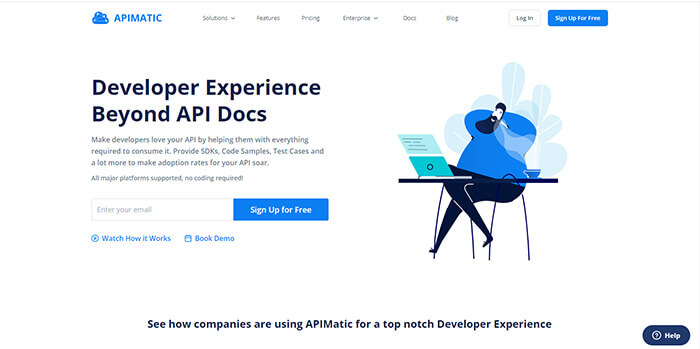
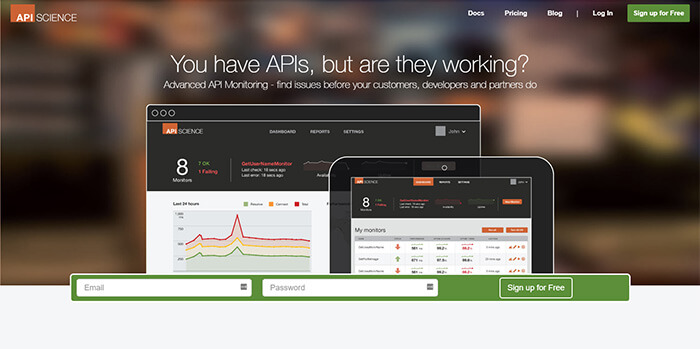
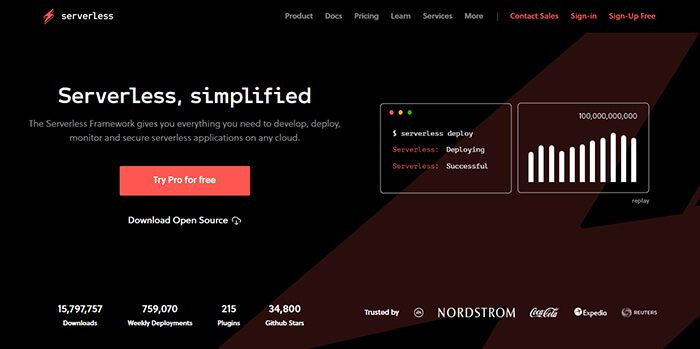

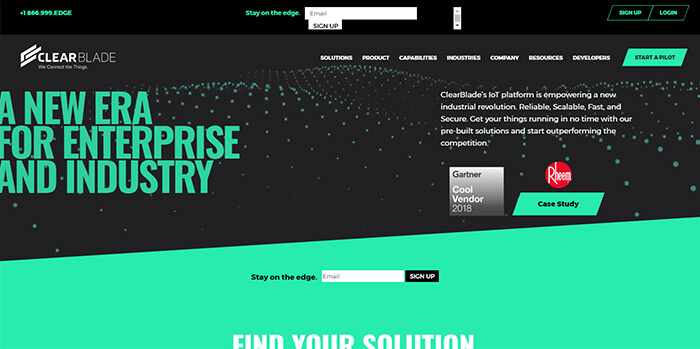
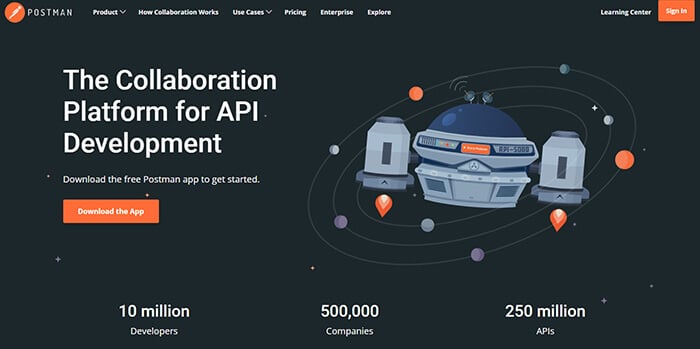
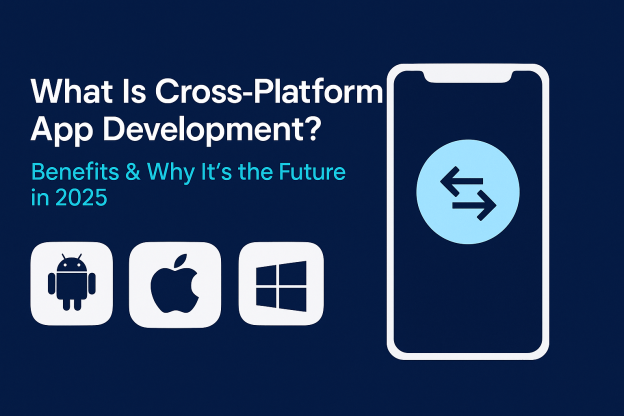
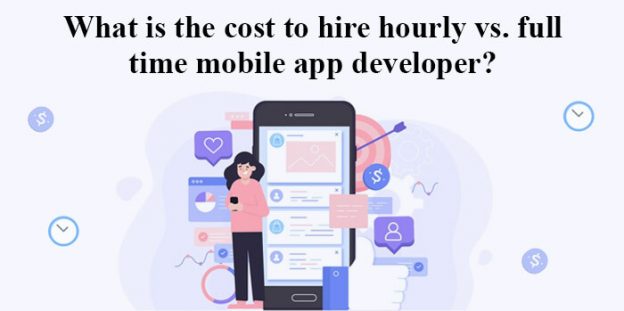
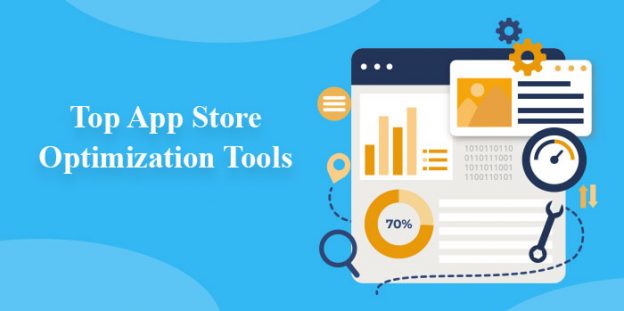


Thanks for the valuable Content! I am very impressed with your content. Thanks again
I loved as much as you’ll obtain performed right here. The caricature is attractive, your authored subject matter stylish. nonetheless, you command get bought an shakiness over that you would like be handing over the following. in poor health indisputably come more until now once more since precisely the similar nearly very regularly inside of case you protect this increase.